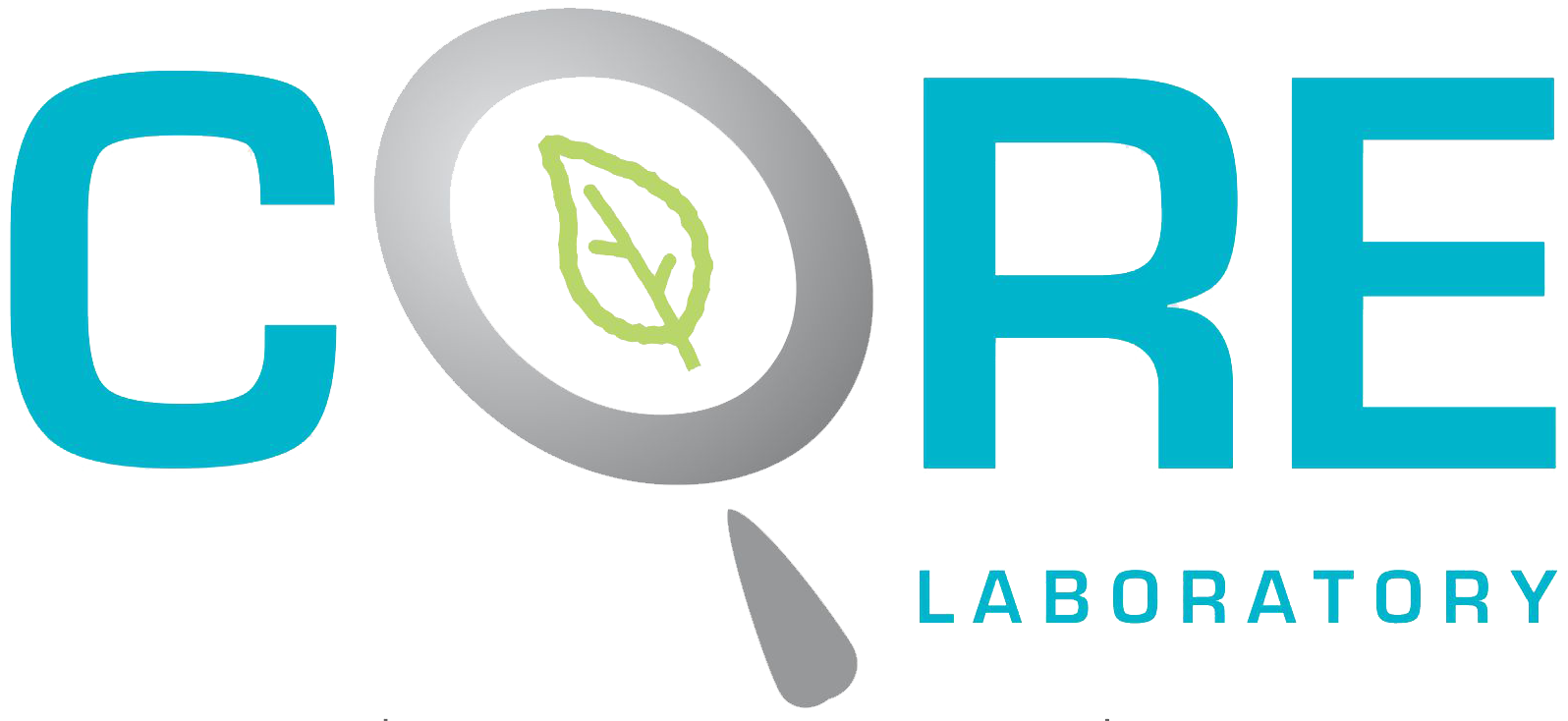Waste Water
Since the implementation of the Dubai Municipality Waste Disposal Services, industrial, institutional and commercial entities have been required to continually improve the quality of their process wastewater effluent discharges.
At the same time, population and production increases have increased water use, creating a corresponding rise in wastewater quantity. This increased water use and process wastewater generation requires more efficient removal of by-products and pollutants that allows for effluent discharge within established environmental regulatory limits.

The determination of wastewater quality set forth in environmental permits has been established since the 1970s in a series of laboratory tests focused on four major categories:
- Organics – A determination of the concentration of carbon-based (i.e., organic) compounds aimed at establishing the relative “strength” of wastewater (e.g., Biochemical Oxygen Demand (BOD), Chemical Oxygen Demand (COD), Total Organic Carbon (TOC), and Oil and Grease (O&G)).
- Solids – A measurement of the concentration of particulate solids that can dissolve or suspend in wastewater (e.g., Total Solids (TS), Total Suspended Solids (TSS), Total Dissolved Solids (TDS), Total Volatile Solids (TVS), and Total Fixed Solids (TFS)).
- Nutrients – A measurement of the concentration of targeted nutrients (e.g., nitrogen and phosphorus) that can contribute to the acceleration of eutrophication (i.e., the natural aging of water bodies), and
- Physical Properties and Other Impact Parameters – Analytical tests designed to measure a varied group of constituents directly impact wastewater treatability (e.g., temperature, color, pH, turbidity, odor).
Figure 1. Interaction of wastewater analytical categories and laboratory tests.
Although wastewater analytical tests are often separated into categories, it is important to understand that these tests are not independent of each other (Figure 1). In other words, a contaminant identified by one test in one category can also be identified in another test in a separate category. For example, the organics in a wastewater sample represented by BOD will also be represented in the spectrum of solids, either as suspended (TSS) or dissolved (TDS) particulates. For most people a complete understanding of the standard methods required to accurately complete critical wastewater analytical tests is not necessary. However, a fundamental understanding of the theory behind and working knowledge of the basic procedures used for each test, and the answers to commonly asked questions about each test can be a valuable tool for anyone involved in generating, monitoring, treating or discharging process wastewater.
Typical Test Parameters are as below
| Parameter | Test Method (#) | Unit | Lab Detection Limit |
|---|---|---|---|
| pH @ 25 °C * | APHA - AWWA 4500 H+B | - | 0.1 |
| Zinc as Zn * | APHA - AWWA 3030 E / 3120 B | mg/L | 0.02 |
| Total Suspended Solids @ 105 °C * | APHA - AWWA 2540 D | mg/L | 4 |
| Total Sulfates as SO4 | APHA - AWWA 4500 SO4C | mg/L | 8 |
| Total Heavy Metals | APHA - AWWA 3120 B / Calculation | mg/L | - |
| Total Dissolved Solids @ 180 °C * | APHA - AWWA 2540 C | mg/L | 9 |
| Sulfide as S2- | USEPA Methylene Blue Method | mg/L | 0.005 |
| Oil & Grease (emulsified) * | APHA - AWWA 5520 B | mg/L | 10 |
| Oil & Grease (Free) | Gravimetric / IP - 13 | mg/L | 10 |
| Nickel as Ni * | APHA - AWWA 3030 E / 3120 B | mg/L | 0.02 |
| Manganese as Mn * | APHA - AWWA 3030 E / 3120 B | mg/L | 0.02 |
| Lead as Pb * | APHA - AWWA 3030 E / 3120 B | mg/L | 0.01 |
| Copper as Cu * | APHA - AWWA 3030 E / 3120 B | mg/L | 0.01 |
| Chromium as Cr * | APHA - AWWA 3030 E / 3120 B | mg/L | 0.01 |
| Chemical Oxygen Demand * | APHA - AWWA 5220 B / D | mg/L | 10 |
| Cadmium as Cd * | APHA - AWWA 3030 E / 3120 B | mg/L | 0.02 |
| Biochemical Oxygen Demand 5 DAYS* | APHA - AWWA 5210 B | mg/L | 12 |
